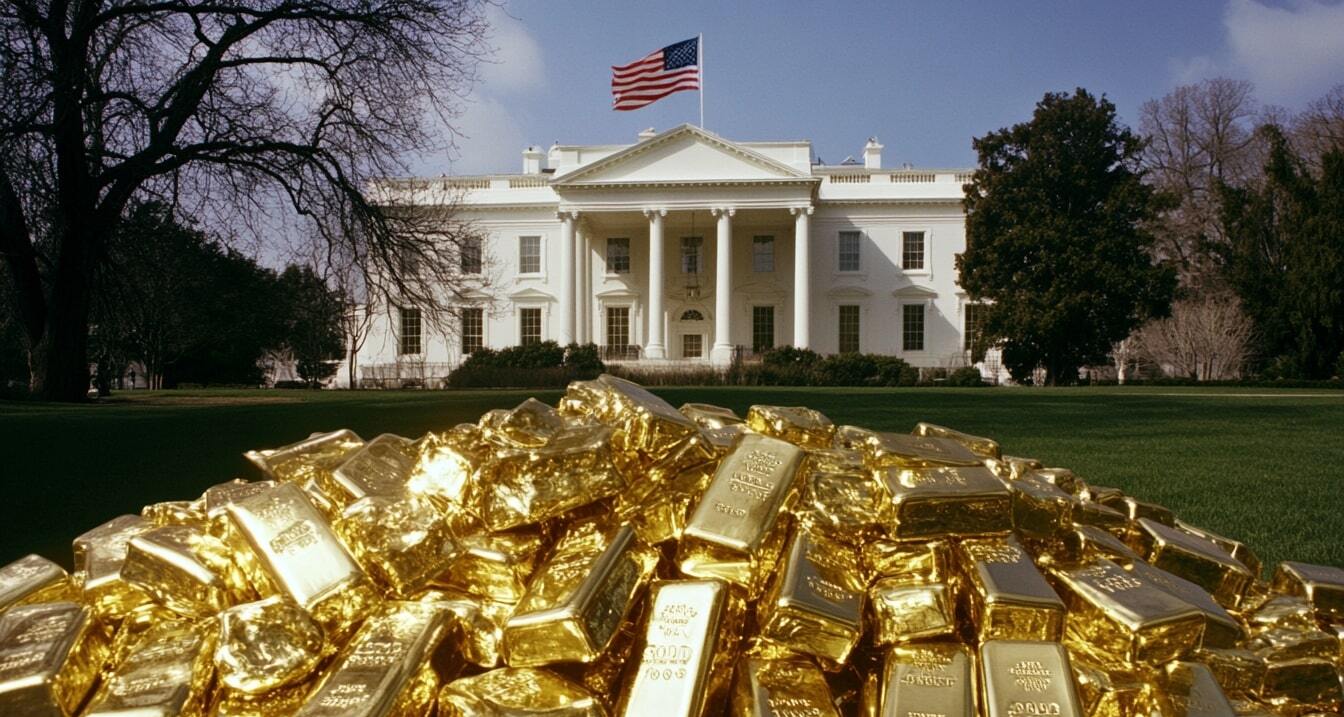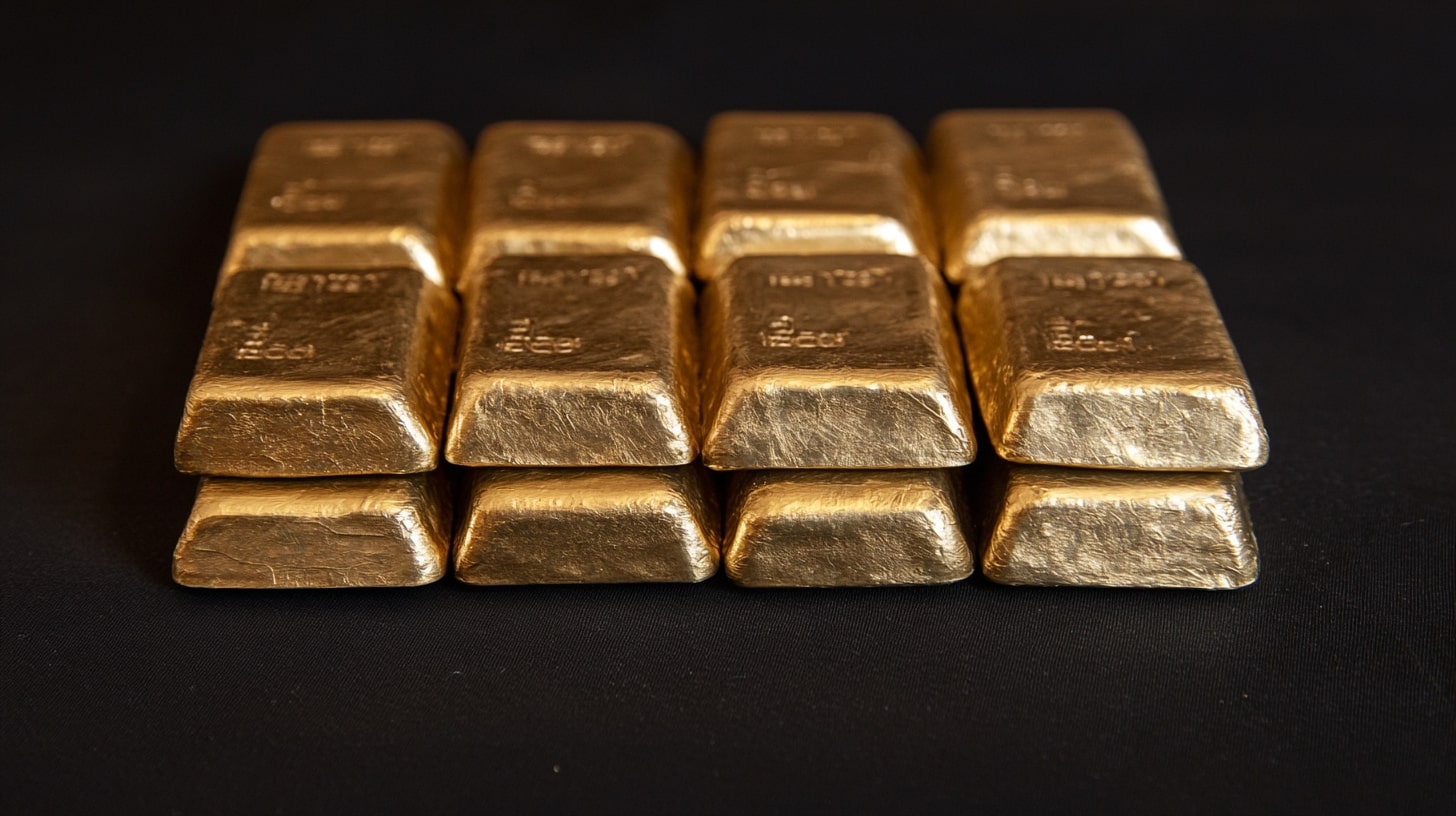
Gold Set for New Highs: Fed Rate Cuts and Global Tensions Drive Prices to $2,850
With Central Bank Demand Soaring and Safe-Haven Buying Increasing, Gold Could Hit $2,850 in the Coming Months | That's TradingNEWS
Central Bank Demand and Its Impact on Gold (Symbol: XAU/USD)
Gold’s rally has been significantly influenced by increasing demand from central banks, especially from countries like Russia and China. As part of their strategy to reduce dependence on dollar-denominated assets, known as “dedollarisation,” these nations have been buying gold at an unprecedented rate. The World Gold Council reports that the dollar’s share in global central bank reserves has dropped to 59%, the lowest in 25 years. This shift has resulted in a doubling of gold demand from central banks over the last two years, from March 2021 to March 2023. This trend alone has driven up the price of gold significantly.
On top of central bank purchases, Chinese and Indian retail investors have also boosted demand. According to Q1 2024 data, Chinese investment in gold, excluding jewelry, surged by 68%, while Indian purchases rose by 19%. These numbers reflect a broader trend of individuals seeking a safe haven as both China’s real estate market and global equity markets face increasing volatility. As of this month, gold prices have soared to an all-time high of $2,685 per ounce, marking a 66% increase from its 2022 low of $1,614.
Federal Reserve Rate Cuts and Their Role in Gold’s Bullish Momentum
A major driver behind gold’s recent performance has been the Federal Reserve’s decision to implement an unexpected 50 basis point rate cut, bringing the benchmark interest rate to 4.75%-5.00%. This dovish policy, designed to cushion the U.S. economy, has further bolstered gold’s appeal as a non-yielding asset. As interest rates decline, the opportunity cost of holding gold diminishes, drawing investors into the market.
Inflation data continues to support this bullish outlook. The Personal Consumption Expenditures (PCE) price index, a key inflation measure, rose 2.2% year-over-year in August, slightly below the 2.3% expected by economists. The Fed’s focus on maintaining inflation near its 2% target further strengthens the case for more rate cuts, with another potential reduction on the horizon. The softer inflation data, combined with the 0.1% month-over-month rise in PCE, indicates the U.S. economy may continue to ease, reinforcing the bullish case for gold prices.
Geopolitical Tensions Drive Safe-Haven Demand for Gold
Beyond monetary policy, geopolitical risks, particularly escalating tensions in the Middle East, have pushed investors toward gold as a safe haven. The conflict between Israel and Hezbollah, coupled with Israeli airstrikes in Lebanon, has heightened risk sentiment globally. Investors are hedging against the uncertainties surrounding these conflicts by increasing their exposure to gold, which has traditionally been viewed as a refuge during times of geopolitical instability.
As of last week, the price of gold surged to $2,685.64 per ounce before slightly pulling back to $2,658.55, reflecting a 1.38% weekly gain. Analysts anticipate these geopolitical risks to persist, which could maintain or even heighten gold's safe-haven demand for the foreseeable future.
ETF Inflows and Central Bank Accumulation Sustain Gold's Rally
Another significant factor contributing to gold’s strength is the renewed inflows into gold-backed exchange-traded funds (ETFs). In August, global ETFs added 28.5 tonnes of gold, led primarily by North American investors. After years of outflows, this trend reversal underscores renewed confidence in gold as a long-term investment. Furthermore, central banks, particularly in China, continue to accumulate gold as part of their reserves. The demand from both institutional investors and sovereign entities has provided a robust foundation for gold’s price surge, with expectations of continued buying interest in the coming months.
Gold’s Technical Outlook: Strong Support Levels and Potential Upside
From a technical perspective, gold has consistently broken through key resistance levels, pushing prices well above its 50-day moving average of $2,499.04. While some analysts remain cautious about potential profit-taking, the overall trend remains bullish. The main support level for gold stands at $2,353.19, a figure likely to attract buyers should prices correct in the short term.
Despite some concerns about the market being overheated, most technical indicators point to further gains. With no major resistance at current levels, analysts predict that any pullbacks will likely be seen as buying opportunities. If the Federal Reserve continues with its rate-cutting strategy, and geopolitical tensions remain elevated, the price of gold could test new highs, potentially reaching $2,700 to $2,850 per ounce in the coming months.
Outlook for Gold Prices: A Continued Bullish Trajectory
Looking ahead, the fundamental and technical outlook for gold remains bullish. The ongoing rate cuts by the Federal Reserve, coupled with persistent geopolitical risks, are expected to sustain gold prices above the $2,600 level. ETF inflows and central bank accumulation further strengthen the case for higher prices. While short-term volatility may lead to temporary corrections, the broader trend suggests that gold is poised to test new highs. Analysts forecast that gold could climb to $2,850 per ounce by early 2025, particularly if inflation remains subdued and monetary easing continues.
In summary, gold’s impressive rally, driven by central bank demand, geopolitical risks, and dovish monetary policy, reflects the metal’s enduring role as a safe-haven asset. With further rate cuts likely and geopolitical tensions unresolved, gold’s bullish momentum shows no signs of slowing down.
















